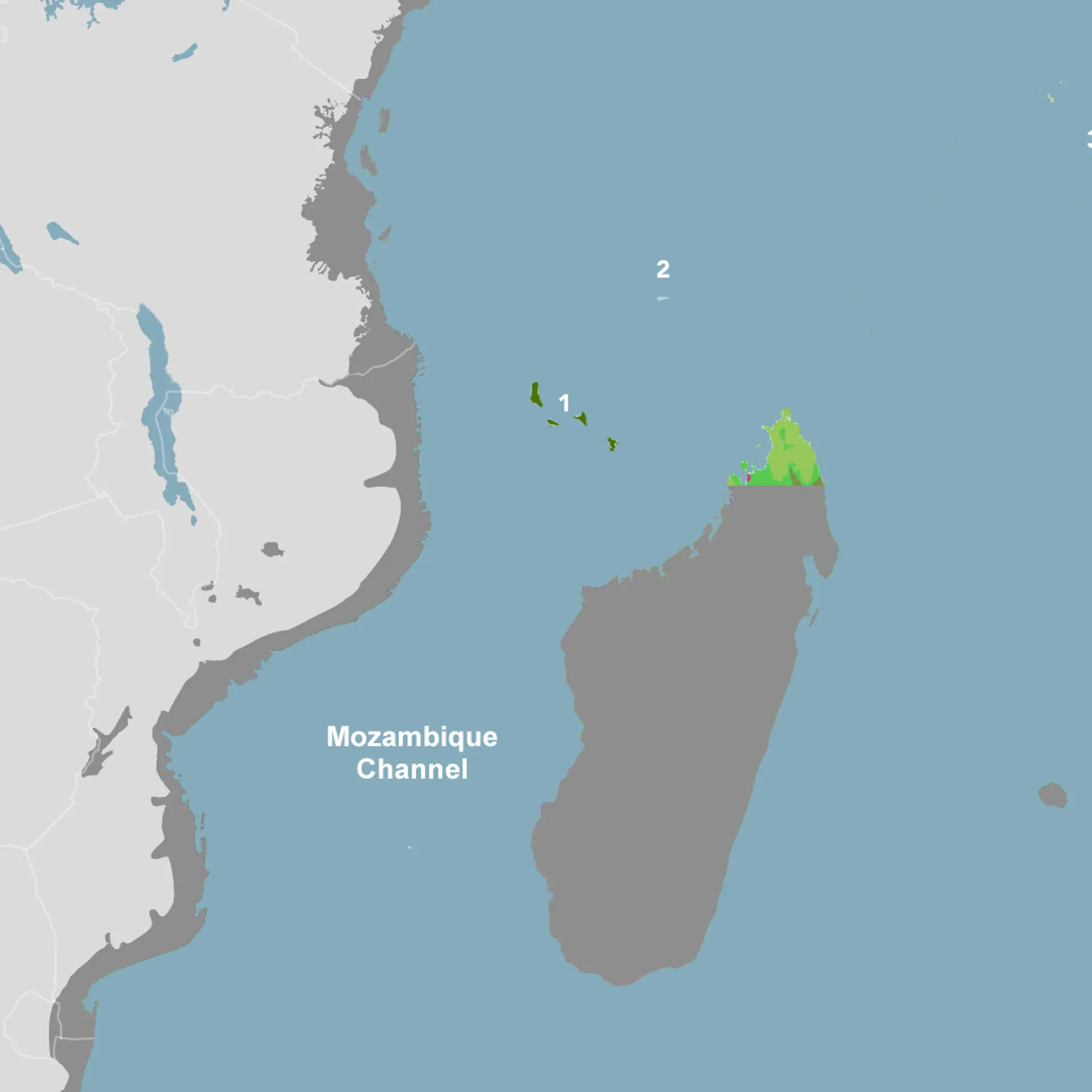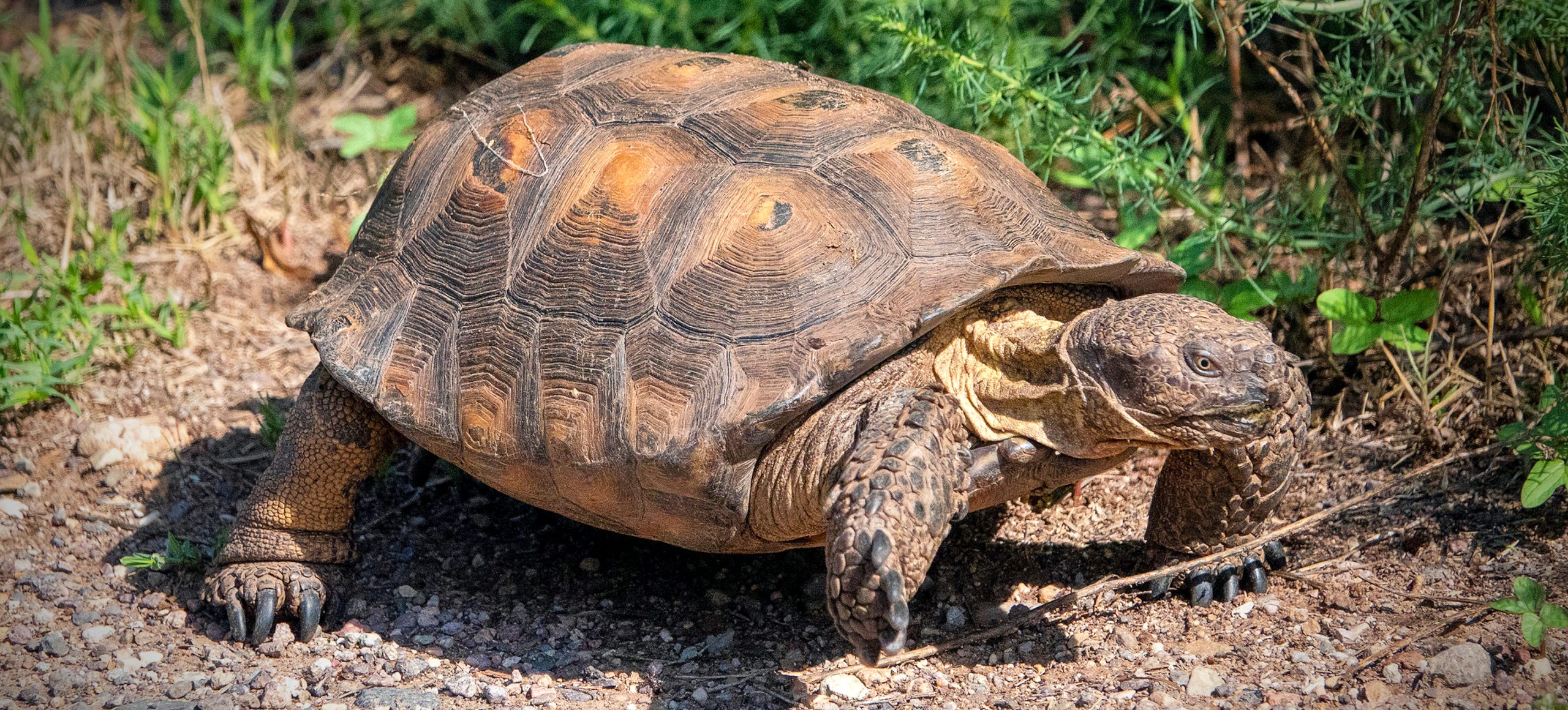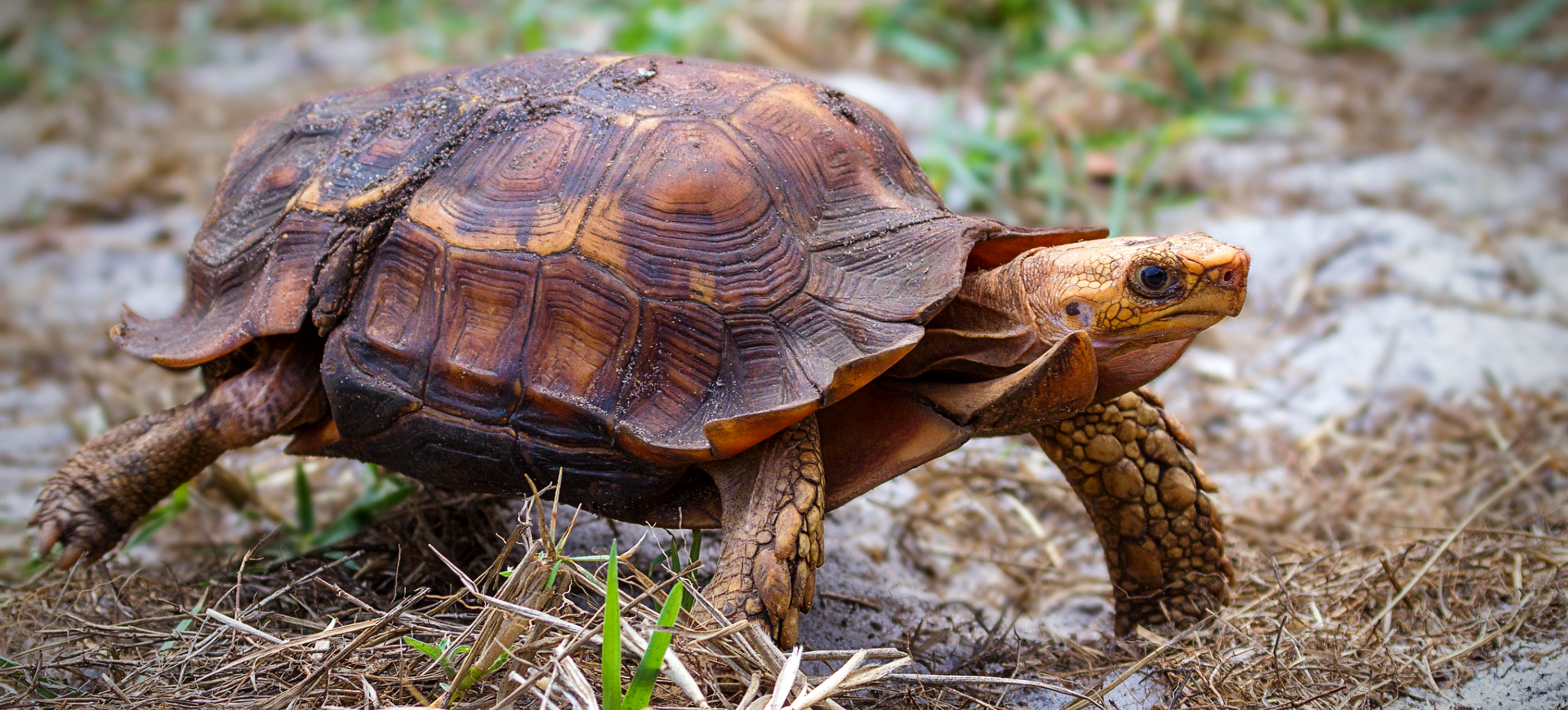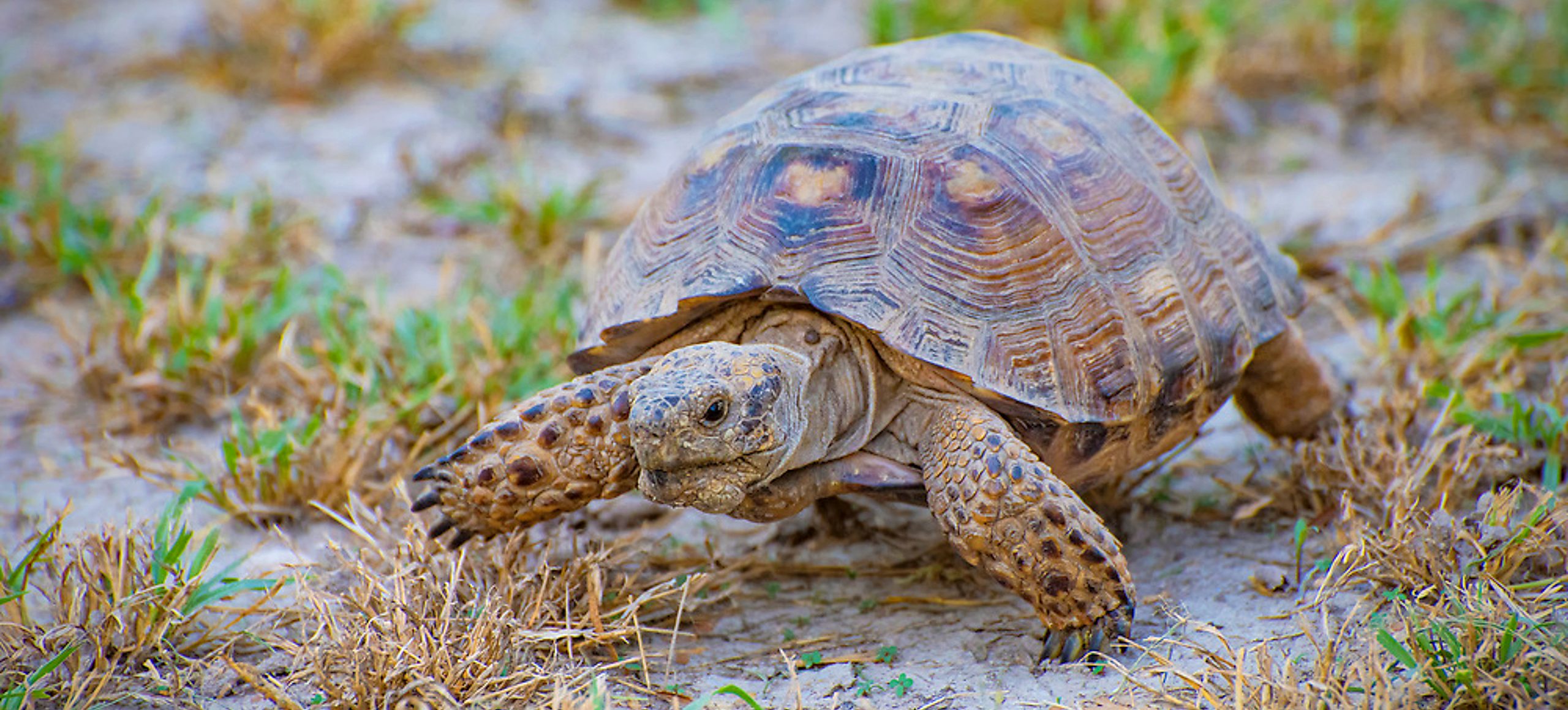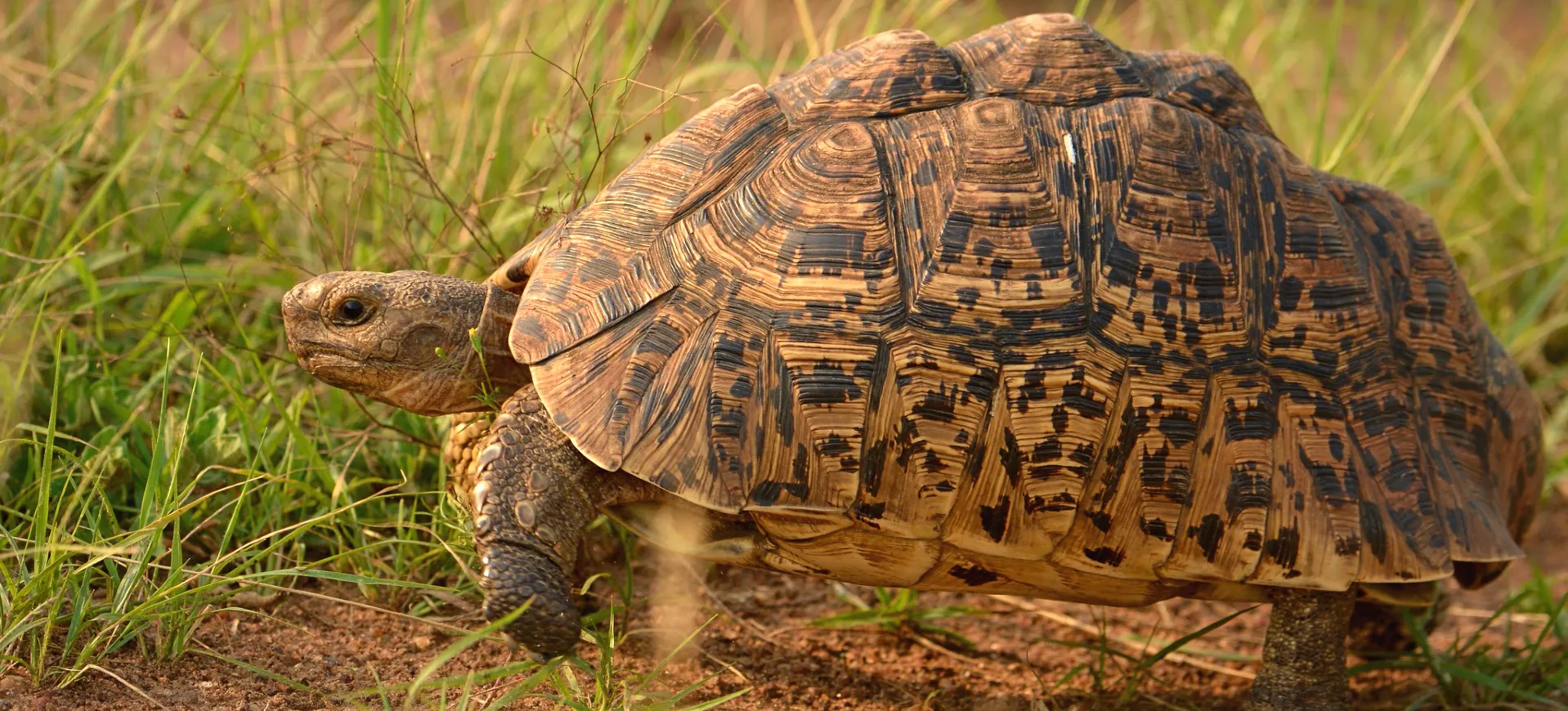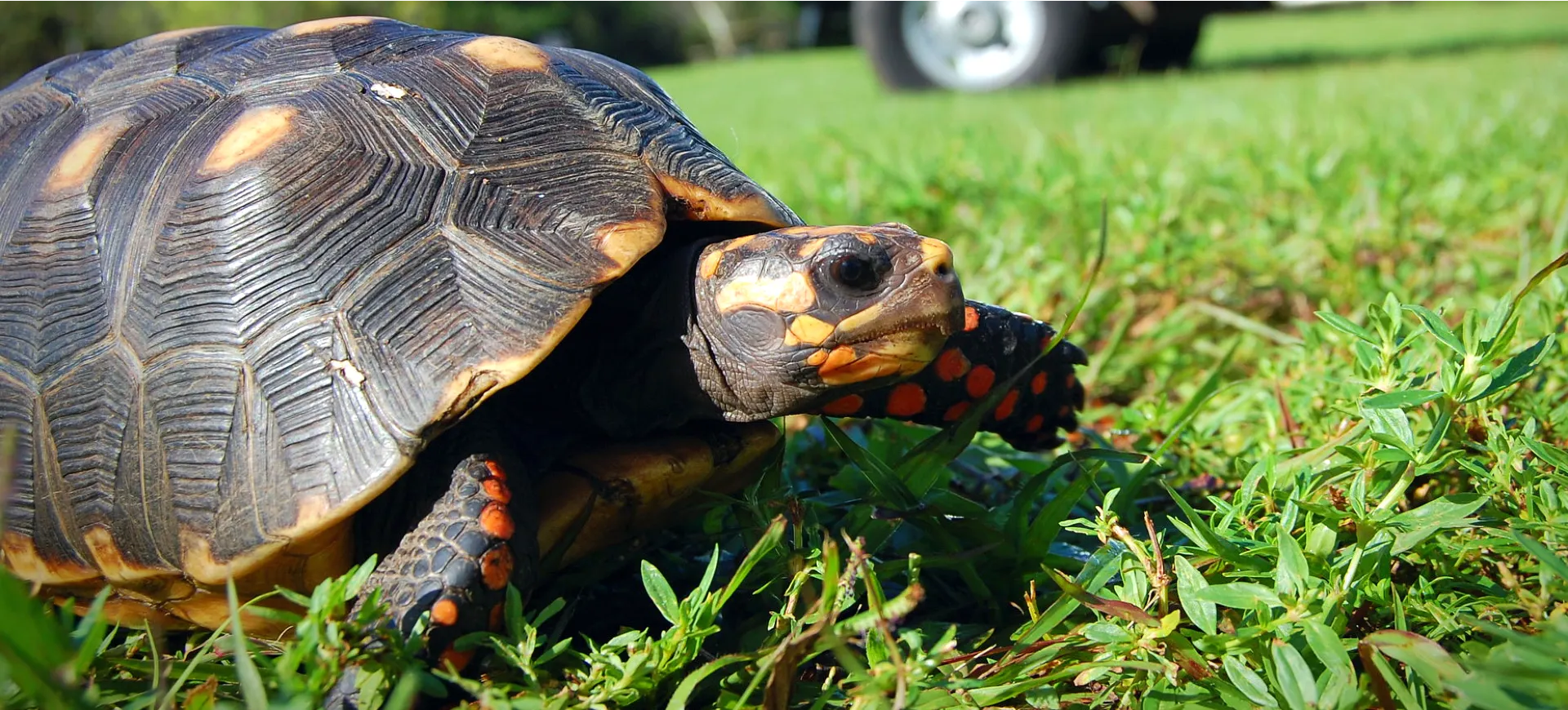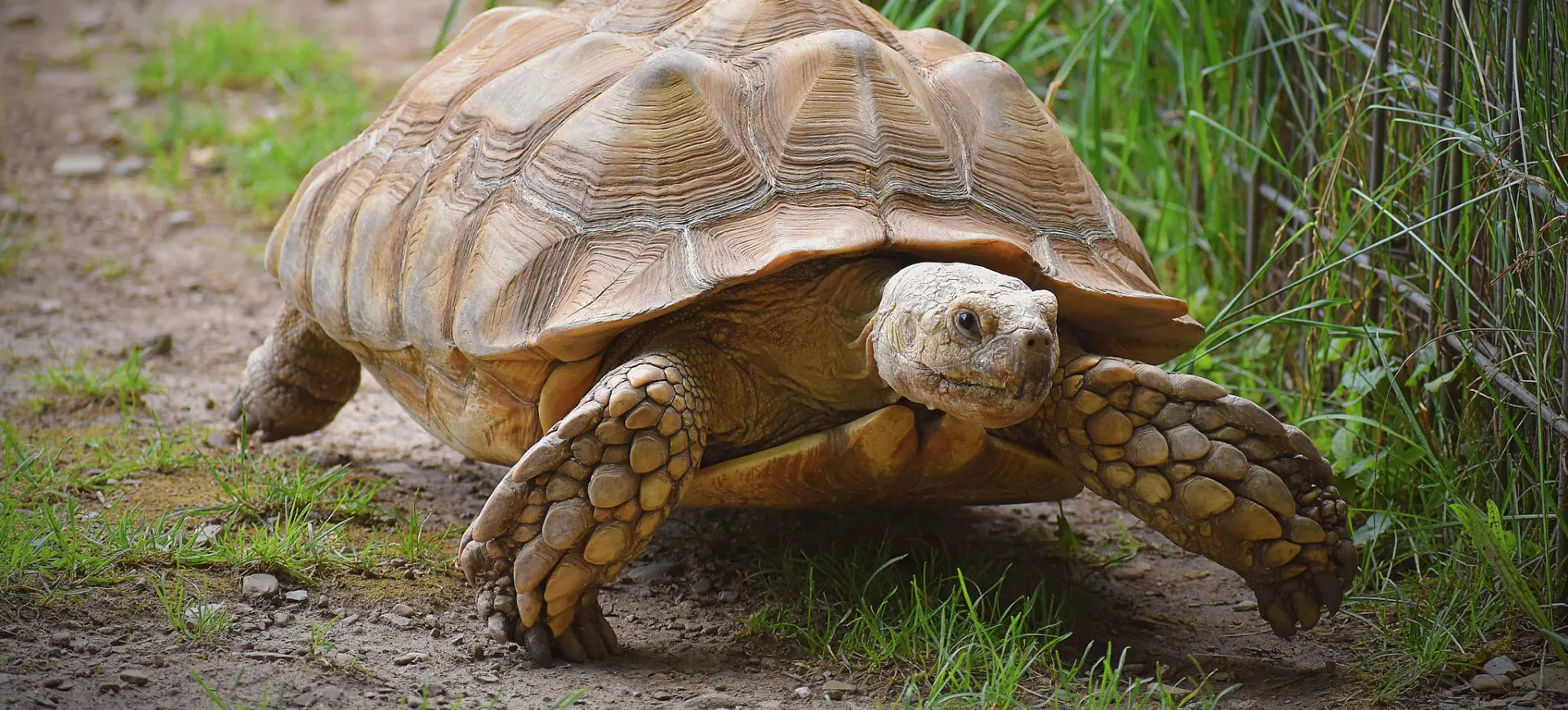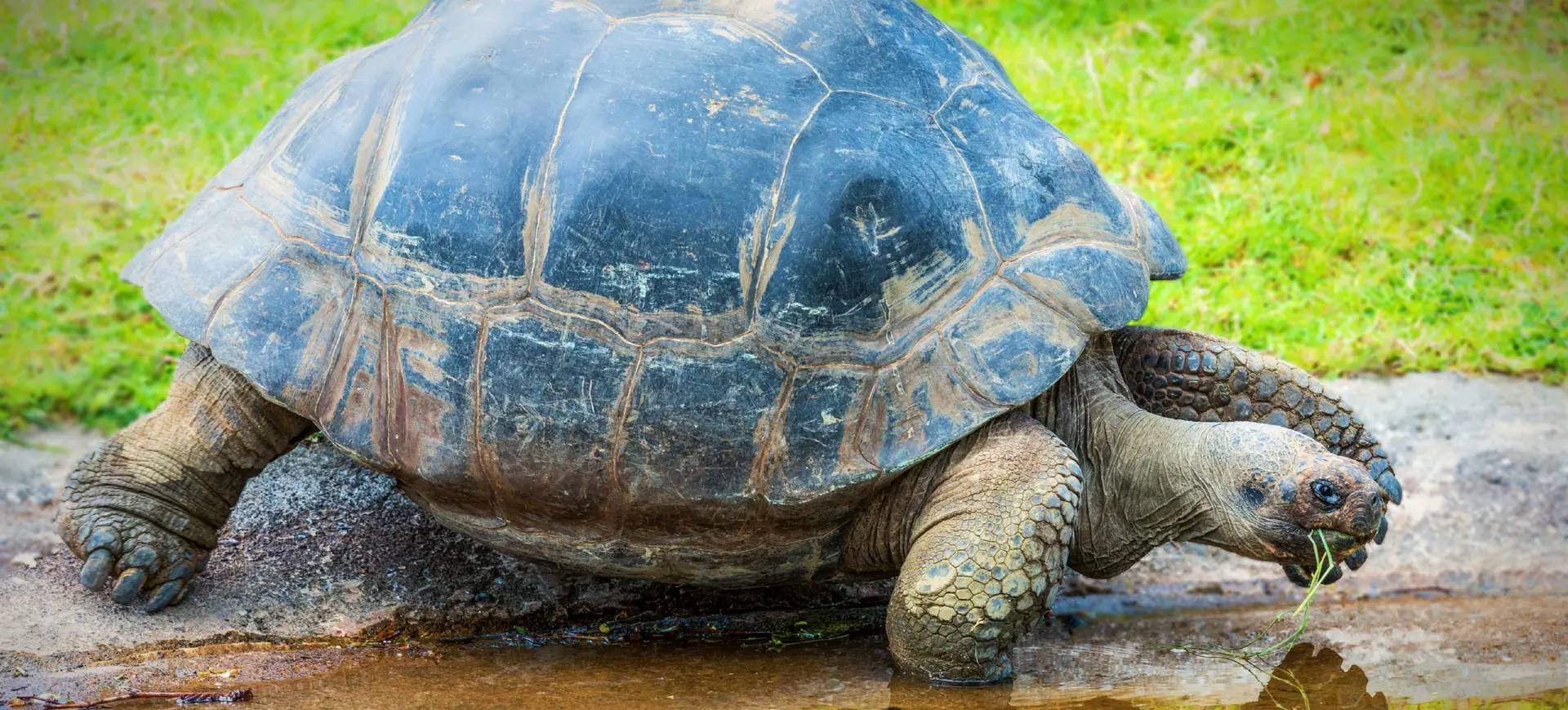Overview
The Aldabra Giant Tortoise is native to the Aldabra Atoll in Seychelles and is one of the largest tortoises in the world. Recognized for its dome-shaped shell and stout elephantine legs, this reptile is predominantly herbivorous, feeding mainly on grasses and leaves. The species is known for its longevity, with some individuals living up to over 100 years, providing it a unique biological significance in research related to aging.
The Aldabra Giant Tortoise plays an important role in its ecosystem, serving as a seed disperser for various plant species. Its relatively slow movement and high resilience make it a low-maintenance species adapted well to various environmental changes. It has been introduced to other islands in the Indian Ocean as part of conservation efforts, where it also helps in seed dispersal.
While the Aldabra Giant Tortoise faced the brink of extinction in the past due to hunting, it has since rebounded thanks to strict conservation measures. It is a favorite among researchers and eco-tourists for its remarkable resilience and ecological importance. Despite its comeback, it continues to face habitat loss and climate change threats.
Taxonomy
Kingdom
Phylum
Class
Order
Family
Genus
Species
Type
Current distribution:
The Aldabra Giant Tortoise is primarily found on the Aldabra Atoll, which is part of the Seychelles and consists of four main islands surrounded by a lagoon. This remote location has helped protect the species from extensive human exploitation, allowing their population to recover over time. In addition to the Aldabra Atoll, small introduced populations exist on other islands in the Seychelles, such as Curieuse and Fregate, where they are protected. These tortoises have also been introduced to Mauritius and Réunion as part of conservation and habitat restoration efforts.
In the wild, their population is concentrated in areas with abundant vegetation and minimal human disturbance. While most of their global population is found on the Aldabra Atoll, they are kept in semi-wild conditions in conservation centers and private reserves. Habitat loss, climate change, and predation by invasive species like rats and feral cats threaten localized populations. Conservation efforts focus on protecting their natural habitat and managing human activity to ensure long-term survival.
Physical Description:
The Aldabra Giant Tortoise has a massive, domed carapace measuring up to 4 feet long. Its color ranges from dark gray to black. It has short, sturdy legs resembling an elephant, equipped with tough, leathery skin to navigate its rugged habitat. The head is relatively small compared to the body and can retract into its shell for protection.
Its physical attributes are adapted for a herbivorous lifestyle, designed to graze on low-lying vegetation. The creature has a powerful beak-like mouth adapted for tearing through fibrous plants. The males are generally larger than females and have a longer, more curved carapace. The tortoise’s eyes are well-positioned to be vigilant of predators, although due to its size, it has few natural predators.

Lifespan: Wild: ~80 Years || Captivity: ~200 Years

Weight: Male: 550 lbs (250 kg) || Female: 350 lbs (159 kg)

Length: Male: 48 in (122 cm) (Carapace) || Female: 35 in (89 cm) (Carapace)

Height: Male: 20 in (51 cm) || Female: 18 in (46 cm)

Top Speed: 0.2 mph (0.3 km/h)
Characteristic:
Native Habitat:
The native habitat of the Aldabra Giant Tortoise is primarily the Aldabra Atoll in Seychelles. This region provides the tortoise with a tropical climate and various vegetation types for grazing. The Atoll consists of a mixture of scrubland, mangrove swamps, and coastal dunes, offering a complex habitat that supports its dietary and shelter needs.
The Aldabra Atoll is a coral atoll, and the tortoises are often found in regions of limestone formation covered with native scrub and grasses. It is one of the last remaining sanctuaries where these giant tortoises exist in large numbers in the wild. Human activities, including tourism, are regulated to minimize the impact on their natural habitat.
Climate Zones:
Biomes:
Biogeographical Realms:
Continents:
Countries:
Diet:
Diet & Feeding Habits:
The Aldabra Giant Tortoise is primarily herbivorous, feeding on a diet of grasses, leaves, and woody plant stems. They are known to consume more fibrous plants, and their digestive system is well-equipped to break down tough, fibrous material. They need to eat significant food to sustain their large body mass.
They have also been observed eating small invertebrates and carrion, particularly during dry seasons when plant matter is scarce. They get most of their moisture from the plants they eat, although they will also drink standing water. Despite being slow movers, they are efficient grazers and can cover considerable distances for food.
Mating Behavior:
Mating Description:
Male Aldabra Giant Tortoises actively seek out females during the mating season, typically during the onset of the rainy season. The males make deep, bellowing sounds to attract females and engage in combat with other males to establish dominance. Once a male is accepted, the female allows him to mount her for copulation, which can last several minutes.
After a successful mating, the female lays 9 to 25 eggs in a shallow, sunlit nest. The gestation period is around four months. The eggs are incubated by natural heat, and upon hatching, the young tortoises receive no parental care. They are left to fend for themselves, and many do not survive to adulthood due to predation and environmental factors.
Reproduction Season:
Birth Type:
Pregnancy Duration:
Female Name:
Male Name:
Baby Name:
Social Structure Description:
Aldabra Giant Tortoises are generally solitary animals but are not territorial. They have been observed gathering in small groups, especially where food is abundant. Social hierarchies exist primarily among males, who engage in combat for mating rights, but beyond this, there is little social organization.
The tortoises communicate through a series of vocalizations, particularly during mating. While they may live near one another, social interactions are minimal, and no evidence suggests that they form lasting social bonds. Despite their solitary nature, they are often seen in groups at mud wallows and salt licks, which are important for their well-being.
Groups:
Conservation Status:
Population Trend:
The population of the Aldabra Giant Tortoise appears to be stable, estimated at around 100,000 individuals in the wild. The species has rebounded from a severe decline due to hunting in the past, mainly thanks to robust conservation efforts. Most of the population is concentrated in the Aldabra Atoll, a protected area that minimizes human-related threats.
Despite the stable numbers, the species remains vulnerable due to its restricted habitat and potential impacts of climate change. Sea-level rise, in particular, poses a threat to the Aldabra Atoll. Continued monitoring and adaptive management are essential to ensure the long-term survival of this unique species.
Population Threats:
The primary threats to the Aldabra Giant Tortoise include habitat loss and degradation. Climate change poses a risk, as rising sea levels could inundate the low-lying Aldabra Atoll. Additionally, introducing invasive species to their habitat can disturb the local ecology and compete for resources.
While hunting is no longer a significant threat due to strict regulations, illegal poaching occurs occasionally. The slow reproductive rate of the species makes it especially vulnerable to any decrease in population. The tortoise’s large size and limited mobility make it an easy target for human exploitation, although this has decreased due to conservation awareness.
Conservation Efforts:
Conservation efforts for the Aldabra Giant Tortoise have primarily focused on habitat protection and anti-poaching measures. The Aldabra Atoll has been designated a UNESCO World Heritage Site, offering the species a certain degree of protection from human activities. Monitoring programs are in place to keep track of population numbers and health.
Additional conservation measures include public awareness campaigns and ecological studies to understand the species better. These efforts have helped stabilize the population, but ongoing work is needed to ensure the tortoise’s long-term survival. Given its limited distribution and the looming threat of climate change, adaptive management strategies are crucial.
Additional Resources:
Fun Facts
- The Aldabra Giant Tortoise can live for more than 100 years.
- Males are known to engage in combat to win mating rights.
- Despite their large size, they can float and are good swimmers.
- They have been introduced to other islands as part of conservation efforts.
- They play a crucial role as seed dispersers in their ecosystem.
- Aldabra Atoll, their primary habitat, is a UNESCO World Heritage Site.
- Their large, domed shells serve as an effective defense against predators.
- They are one of the few remaining giant tortoise species.
- They can go for long periods without water, obtaining moisture from their diet.
- Their population has rebounded significantly thanks to conservation efforts.


